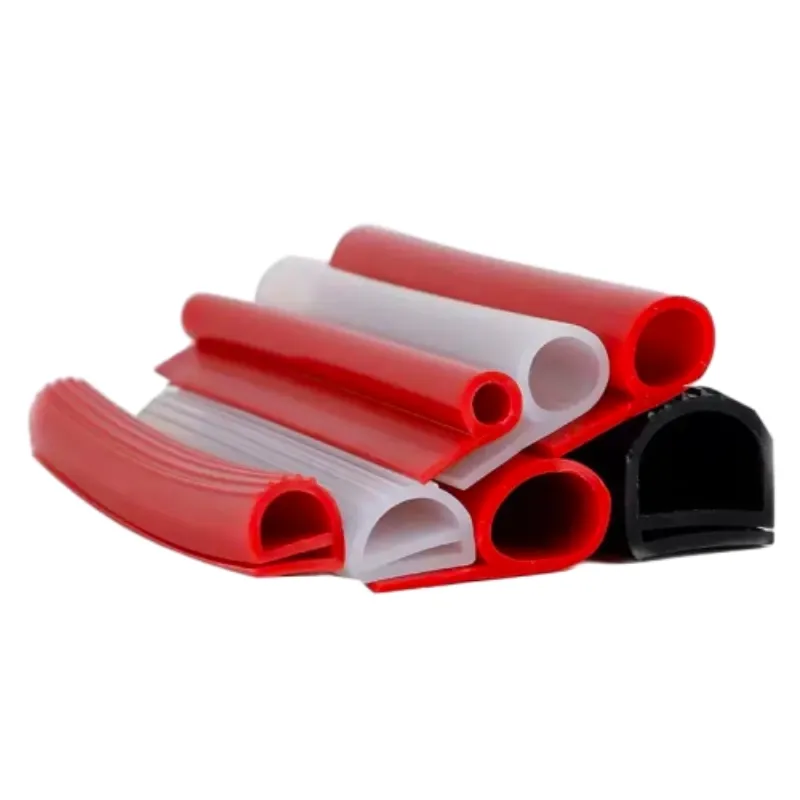Types of Window Weather Stripping
Types of Window Weather Stripping
Window weather stripping is a vital component for improving energy efficiency and comfort in homes and buildings. It acts as a sealant that fills the gaps around windows, preventing drafts and minimizing heat loss. With various types of weather stripping available, understanding the options can help homeowners choose the best solution for their needs.
1. Foam Weather Stripping
Foam weather stripping is made from a compressible material that fills in gaps around windows effectively. Available in different thicknesses, this type of weather stripping is easy to install and provides a good thermal barrier. It is particularly useful for sealing the movable parts of windows, such as sliding sashes. However, foam weather stripping may compress over time and may require replacement every few years.
2. V Strip Weather Stripping
V strip, also known as tension seal weather stripping, consists of a long, thin piece of material that has a shape resembling the letter V.” This type of weather stripping is typically made from durable plastic or metal and is useful for sealing edges and gaps that are not perfectly square. V strip is ideal for areas where windows meet the frame, as it provides excellent resistance against compression and wear. Installation requires a bit more effort, as it needs to be adhered with adhesive or nailed in place.
types of window weather stripping

Felt weather stripping is a classic option and provides a low-cost solution for sealing windows. This type of weather stripping comes in rolls and can be cut to size, offering flexibility for different window dimensions. While it offers reasonable insulation, felt tends to wear out faster than other materials and may absorb moisture, compromising its effectiveness over time. Therefore, it is best suited for less draft-prone areas or for temporary sealing solutions.
4. Metal Weather Stripping
Metal weather stripping usually comes in the form of a spring bronze or aluminum strip. It is highly durable and ideal for use in heavy-duty applications. Metal weather stripping is often used in combination with other sealing materials for added insulation. While it might be more challenging to install compared to softer options, its longevity and resistance to wear and tear make it a practical choice for many homeowners.
5. Rubber Weather Stripping
Rubber weather stripping provides excellent insulation and is resistant to moisture, making it a popular choice for both windows and doors. It comes in various forms, including solid rubber strips and foam rubber options. Rubber is known for its elasticity and durability, ensuring a tight seal that can withstand extreme weather conditions. The installation is straightforward; however, it is crucial to choose the right thickness to ensure a snug fit.
Conclusion
Choosing the right type of window weather stripping can significantly enhance a home's energy efficiency and comfort. Each option—foam, V strip, felt, metal, and rubber—offers unique benefits and drawbacks. Homeowners should assess their specific needs, consider the climate in their area, and evaluate the longevity of materials before making a decision. With proper installation and maintenance, effective weather stripping can lead to substantial energy savings and a more comfortable living environment year-round. Investing in quality weather stripping is a small step that can make a considerable difference in your home’s energy efficiency.
-
Silicone Seal Strip: The Ultimate Solution for Your Sealing NeedNewsNov.01,2024
-
Keep the Heat: The Importance of Seal for Oven DoorsNewsNov.01,2024
-
Essential Guide to Corner Protectors for Your FurnitureNewsNov.01,2024
-
Enhance Your Home with Silicone SolutionsNewsNov.01,2024
-
Efficient Maintenance of Melamine Sealing StripsNewsNov.01,2024
-
Comparison of Different Edge Sealing ProcessesNewsNov.01,2024
-
Types of Door Bottom Seal Strips and Their Best UsesNewsOct.25,2024